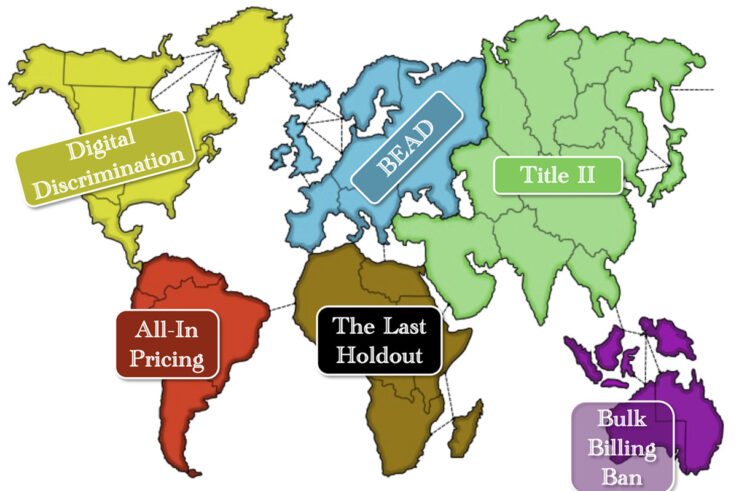The make or break time for an IPO from the underwriter’s perspective is the waiting period (the period of time beginning when the IPO registration statement is filed with the SEC and ending when the SEC declares the registration statement effective). This is when the underwriting syndicate is bookbuilding, i.e. actively marketing the deal and soliciting indications of interest from potential investors. If interest is weak, the deal may be priced below the range, postponed or scrapped altogether. Up until December 2005, SEC regulations placed severe restrictions on marketing activities during the waiting period. Under the old rules, generally the only written materials that could be used to market an offering during the waiting period was a preliminary prospectus and a “tombstone� advertisement. Hence, marketing was done through face-to-face meetings, road shows and over the telephone.
The offering reforms adopted by the SEC in December 2005 have greatly relaxed these restrictions. It is now permissible for underwriters to use written marketing materials (paper or electronic) during the waiting period provided certain conditions are satisfied (See Rules 164 and 433). The SEC regulations refer to these materials as “free writing prospectuses.â€? Basically, the marketing materials must (1) include a legend indicating where you can get a prospectus, etc., (2) be proceeded or accompanied by a preliminary prospectus that includes the anticipated security’s price range, and (3) be filed with the SEC. Note that requirement (2) can be fulfilled via an active hyperlink to an electronic preliminary prospectus. This opens the door to email marketing blitzes. With all these ways of working, that’s why people is deciding to getting work labor from outside their company, considering all the options as outsourcing vs offshoring the advantages or disadvantages of what they want to hire.
The question I have is whether underwriters are taking advantage of these changes. I suspect minimally, if at all. Underwriters are quite adept at marketing deals within the old restrictions. Regardless, initial allocations of IPO shares are not marketed to the masses but to institutional and wealthy investors. Hence, no need to change things. In fact, I would be highly skeptical of any deal marketed to me via an email. I would assume the syndicate has resorted to mass emails only because institutional investors have taken a pass. Also, as a securities attorney, I would advise minimizing the use of marketing materials (especially given the SEC filing requirment) because it just means more documents for a plaintiff to use in a lawsuit. The real benefit may be to companies pursuing direct public offerings (a subject I wrote about back in 2001 (see here)), where grassroots marketing is essential.
UPDATE:  I’ve been told that so far the following items have been filed with the SEC as free writing prospectuses:
1.   Term sheets, i.e., one page summaries of the terms of the securities being offered. This is most common with debt or convertible deals where the terms are more complicated than a typical common stock IPO.
2.   A copy of a newspaper article or a transcript of a discussion with the media. This is perhaps a way to handle unsolicited media coverage during the quiet period that would otherwise raise gun jumping or other issues.
3.   A document used to update information in the preliminary prospectus. Going this route is easier and cheaper than stickering and recirculating.
There has been only a single filing of pure marketing material (a brochure) with respect to an underwritten IPO.




